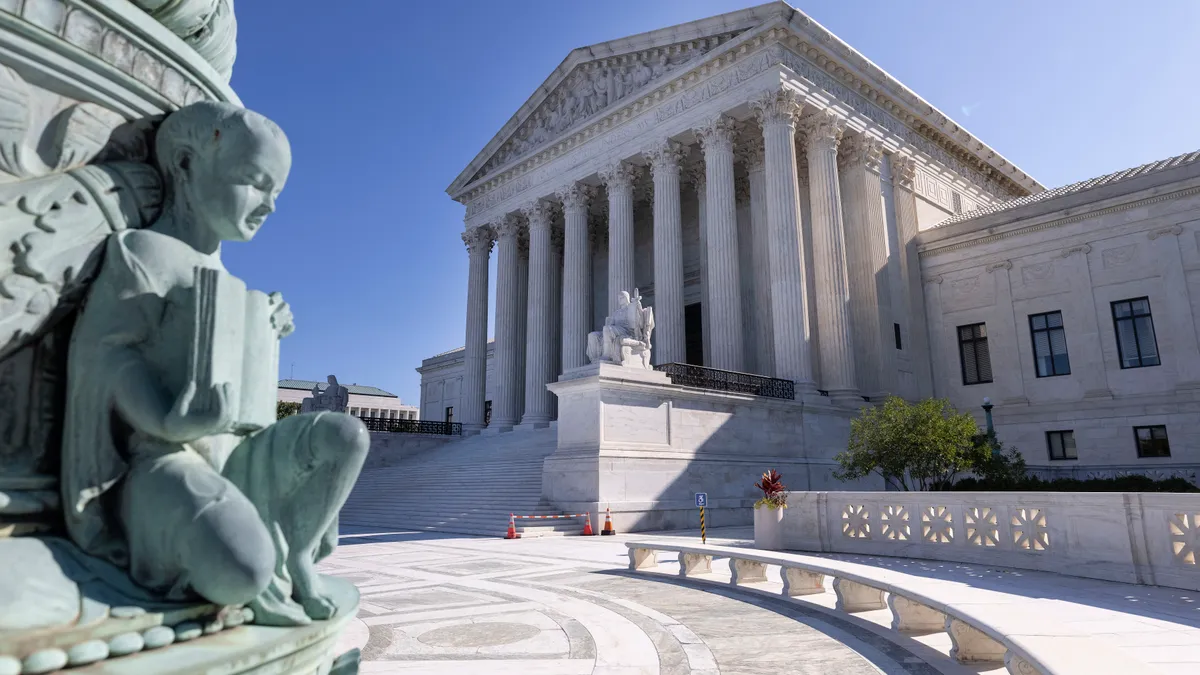Dive Brief:
- The U.S. Supreme Court held Wednesday that employees challenging discriminatory transfers at work do not need to prove they suffered “significant” harm under Title VII of the Civil Rights Act of 1964; instead, they need only prove harm was done.
- “To demand ‘significance’ is to add words to the statute Congress enacted,” the high court ruled in Muldrow v. City of St. Louis. “It is to impose a new requirement on a Title VII claimant, so that the law as applied demands something more than the law as written. That difference can make a real difference for complaining transferees.”
- In the case, a police sergeant alleged she was transferred out of the intelligence division because of her sex and given less “prestigious” duties, a worse schedule and fewer job perks.
Dive Insight:
The justices’ ruling settles a divide among federal circuit courts on whether employees need to prove “significant” harm when alleging a discriminatory transfer.
Under Title VII, employers can’t discriminate against individuals on any aspect of employment because of race, color, religion, sex or national origin.
The American Civil Liberties Union of Missouri called the ruling “a huge victory for workers and workplace equality.”
“Courts have too often dismissed cases under the ‘materially’ or ‘significantly’ adverse standard when employees have meritorious discrimination claims,” Ming-Qi Chu, deputy director of ACLU’s Women’s Rights Project, said in a statement. “This heightened standard contradicts the statute’s text and undermines Congress’s plan of eliminating discrimination in employment in passing Title VII.”
After the oral arguments on the case, employment lawyers warned if the Supreme Court ruled in the worker’s favor, the decision “could seep into other areas of workplace discrimination, and the potential ramifications of that are difficult to ignore.”
Maynard Nexsen’s Employment and Labor group said there could be an increase in Title VII actions and that plaintiffs could “attempt to apply Muldrow’s arguments to other alleged adverse employment actions.”













